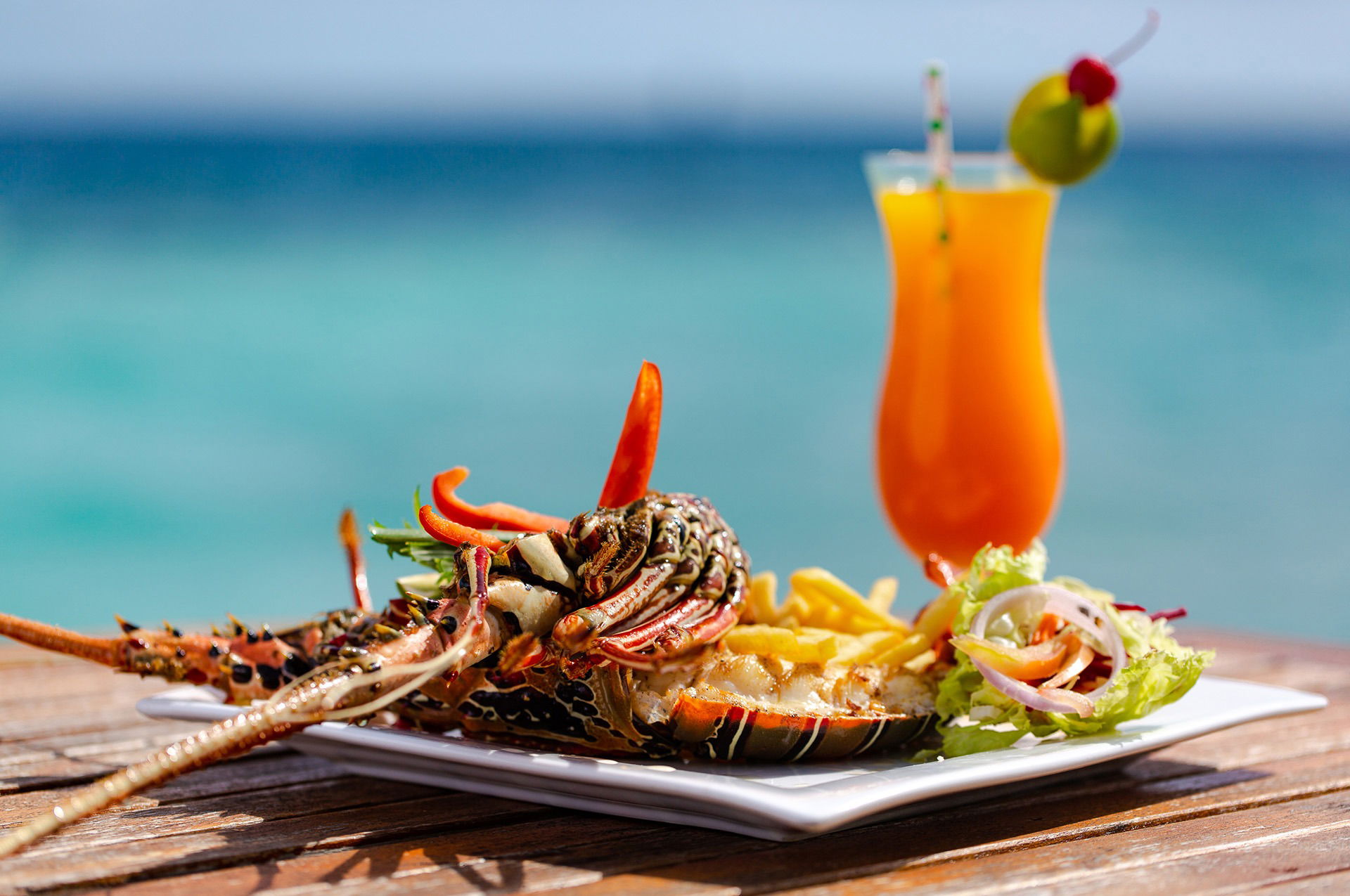How to Eat Like a Local in the Maldives – Part of a Genuine Cultural Experience
The idyllic Maldives is undoubtedly a foremost holiday destination. Visitors will also have the opportunity to enjoy authentic local cuisine during their stay in the islands. In fact, it may be said that your experience would not be complete without trying out the distinctive Maldivian dishes. Provided below is some useful information about such cuisine and eating like a local in the islands.
Understand the development of local cuisine

You will find that Maldivian cuisine is a remarkable assortment of native flavours combined with the discernible influence of the culinary traditions of other countries in the region such as Sri Lanka and India. Maldivians traditionally consumed food made from ingredients like coconut, fish, millet, breadfruit and various tubers. Over time, the impact of other cultures experienced through travel and trade led to added influences to the local cuisine, causing it to develop into a unique culinary form. Today, Maldivian cuisine is noted for its distinctive flavours with its moderate spiciness, refined sweetness and special tang.
Take note of the main ingredients
Coconuts, known as ‘kurumba’ in the local tongue, Dhivehi, may be found practically throughout the country and is a vitally important element of the local cuisine as well as Maldivian culture. You will find that coconut is made use of in several ways in local cuisine be it grated, shaved or in the form of coconut milk; additionally, it is used as oil in deep-fried dishes.As you might expect in a tropical island nation, fish is an indispensable part of Maldivian cuisine. Undoubtedly, tuna could be considered to be the mainstay of the local cuisine, with several tuna species being popularly used. Tuna is typically enjoyed cooked, smoked, cured or sundried, whereas other kinds of fish are generally deep-fried or grilled.Starches are also a significant part of the local cuisine, with popular choices including sweet potato, cassava, taro, breadfruit, screwpine and rice; the latter is consumed boiled or used as ground flour to make other dishes.
Select your dining venue
There will be several choices when selecting the actual dining venue for experiencing authentic Maldivian food. If you are staying at one of the resorts, it will be likely that local food is also served at its restaurants since many visitors will appreciate the opportunity to sample the local cuisine. A beach resort in Maldives to consider where you will be able to enjoy authentic local dishes would be Embudu Village.On the other hand, for a genuine local experience, you may take the opportunity to dine at a restaurant or cafe patronised by native Maldivians themselves at places like Male. You will also be able to mingle with the locals and observe the way they converse and dine during their everyday meals. If you would like to gain a first-hand insight into the local culture, having a meal in this manner would be an excellent opportunity. Keep in mind, however, due to COVID-19 travel restrictions, such opportunities may not be available when you travel, though you can still enjoy genuine Maldivian cuisine at your resort.
Choose from the Maldivian specialities
A traditional Maldivian breakfast dish would be mas huni, a popular tuna salad made from tuna, chilli, coconut and onion, that will tantalise the taste buds. It is often enjoyed along with the local chapatti bread. Another highlight would be garudhiya, a zesty fish soup that Maldivians enjoy practically every day. Also not to be missed would be the fish cakes known as kulhi boakiba that are eaten on important occasions and sometimes with evening tea as well. When it comes to desserts, a great choice would be handulu bondibai which is a treat made from sticky sweetened rice.
